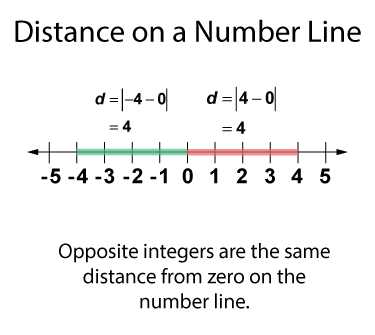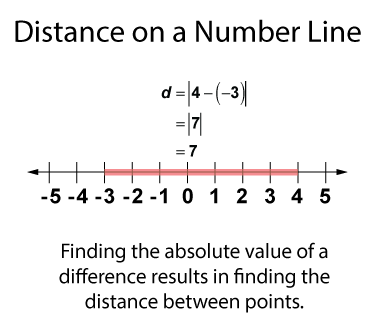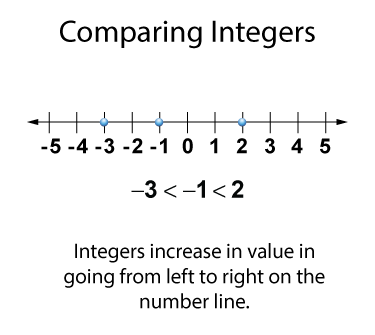
Display Title
Video Tutorial: Integers, Video 10
Display Title
Video Tutorial: Integers, Video 10
Topic
Integers
Description
The video focuses on solving expressions involving integers. Key concepts include the order of operations and combining volumes of geometric shapes. Vocabulary: order of operations, volume, rectangular prism, cube. Applications include calculating areas, volumes, and net volumes of complex shapes.
Relevance: This video is highly relevant to the topic of Integers. It provides practical examples and clear visualizations, enhancing the understanding of fundamental concepts like positive and negative numbers and their relationships on a number line.
Mathematics Behind the Topic: The mathematics behind Integers involves the number line, absolute value, and arithmetic operations, such as addition and subtraction of positive and negative integers. It also includes the concept of opposites and their role in understanding zero.
Teacher's Script: Today, we are going to explore a video that delves into Integers. This video will help us understand real-world applications of integers, such as temperature changes or elevation levels. We'll also see how the number line is used to visualize and compare integers. As you watch, pay attention to how the video focuses on solving expressions involving integers.
For a complete collection of videos related to Integers click on this link: Video Tutorials: Integers Collection.
What Are Integers?
In arithmetic you learned that whole numbers include zero and the counting numbers from 1 to infinity.
Whole numbers don’t include:
- Fractional values
- Decimal values
Integers include the whole numbers, zero, and positive numbers 1, 2, 3, etc., but also includes a different class of numbers, negative numbers.
Representing Integers
You can use a number line to represent the integers.
Notice that every integer and its opposite is the same distance from 0 on the number line. Also, the arrow heads on the number line mean that the integers extend to infinity.
Representing distance on a number line is shown below.

Distance is always a positive number, so use the absolute value symbol to ensure the result is positive. Subtract one value from another and find the absolute value of the difference.
Every integer has its opposite. Notice on the number line that 1 and -1 are opposites, as are 2 and -2, and so on. Every integer and its opposite is the same distance from zero on the number line, as shown below.

As you can see both 4 and -4 are four units from zero. This same pattern applies to all integers and their opposites. Also, the sum of any integer and its opposite is zero.
1 + (-1) = 0
2 + (-2) = 0
This pattern continues for all integers and their opposites.
The technique of finding the absolute value of a difference applies to any pair of integers, as shown below.

Integers can also be represented using algebra tiles, as shown below.

Comparing and Ordering Integers
You can use a number line to compare and order numbers. In going from left to right on the number line, numbers increase in value. In going from right to left on the number line, numbers decrease in value. See the example below.

Knowing this property of integers on a number line, suppose there are four integers that satisfy these inequalities:
C < D < B < A
We can graph these integers on a number line as shown below.

Adding and Subtracting Integers
When adding and subtracting integers, you need to keep track of the sign of each number. There are several examples to consider.
Example 1: Adding Two Positive Integers
1 + 2 + 3
This is similar to adding whole numbers. The result is positive.
Example 2: Adding Two Negative Integers
-2 + (-3) = -5
Adding two negative integers results in a negative integer.
Example 3: Adding a Positive Integer and a Negative Integer
5 + (-2) = 5 - 2 = 3
Adding integers with opposite signs can be rewritten as whole number subtraction. The result can be positive, negative, or zero.
Example 4: Subtracting Two Positive Integers
2 - 5 = -3
This is somewhat similar to whole number subtraction. The result can be positive, negative or zero.
Example 5: Subtracting Two Negative Integers
-5 - (-7) = -5 + 7 = 2
When subtracting by a negative, the negative number changes to a positive number. The result can be positive, negative, or zero.
Example 1: Subtracting Positive and Negative Integers
-7 - 2 = -9
When subtracting a positive, treat it the same as adding a negative. When subtracting a negative, the operation changes to addition.
Multiplying Integers
When multiplying integers, you need to keep track of the sign of each number. There are several cases to consider.
Case 1: Multiplying Two Positive Integers
2 • 4 = 8
This is similar to multiplying whole numbers. The result is positive.
Case 2: Multiplying a Positive Integer and a Negative Integer
-2 • 4 = -8
This is somewhat similar to multiplying whole numbers. The result is negative.
Case 3: Multiplying Two Negative Integers
-2 • (-4) = 8
When multiplying two negatives, the product is positive.
Dividing Integers
By definition a rational number is the ratio of two integers. This is the same as dividing by two integers. Integer division is the definition of a rational number. Consider two integers a and b. A rational number is defined as follows:
a ÷ b
With both rational numbers and integer division, b cannot equal zero. The rules for integer division, in terms of the sign of the quotient, are similar to those for multiplication.
| Common Core Standards | CCSS.MATH.CONTENT.6.NS.C.5, CCSS.MATH.CONTENT.6.NS.C.6.A, CCSS.MATH.CONTENT.6.NS.C.6.C, CCSS.MATH.CONTENT.7.NS.A.1.A, CCSS.MATH.CONTENT.7.NS.A.2.B |
|---|---|
| Duration | 3.83 minutes |
| Grade Range | 6 - 8 |
| Curriculum Nodes |
Algebra • The Language of Math • Numerical Expressions |
| Copyright Year | 2017 |
| Keywords | integers, integers video tutorials, integers and expressions, video tutorial |